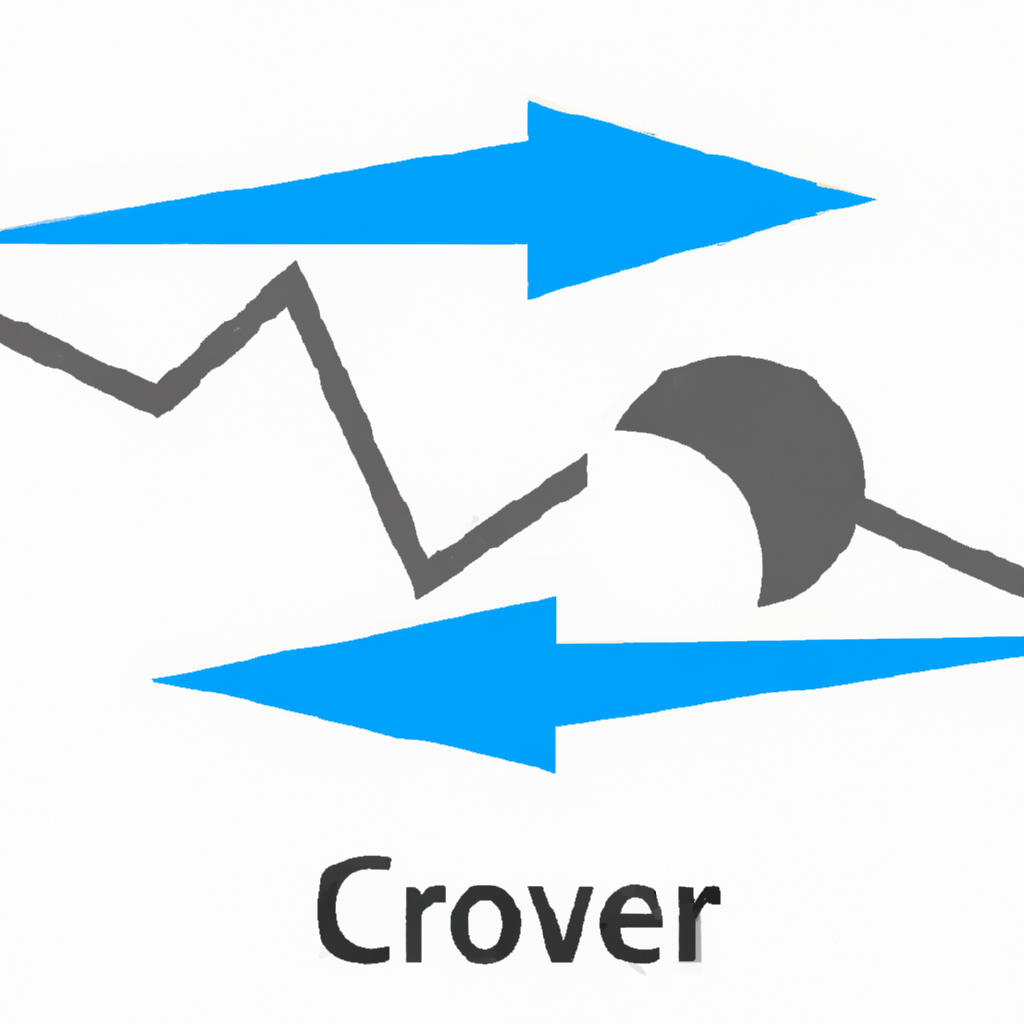Applying Oscillators in Market Timing
What are Oscillators?
Oscillators are technical indicators used in stock market analysis to identify overbought or oversold conditions in the market. They are typically displayed as a line graph that fluctuates above and below a centerline, with extreme values indicating potential reversal points.
Types of Oscillators
There are several types of oscillators commonly used in market timing, including the Relative Strength Index (RSI), Stochastic Oscillator, and Moving Average Convergence Divergence (MACD). Each oscillator has its own unique formula and interpretation, but they all serve the same purpose of identifying market momentum and potential turning points.
Using Oscillators for Market Timing
When using oscillators for market timing, traders typically look for signals that indicate overbought or oversold conditions. These signals can help traders determine when to enter or exit a trade, or when to take profits or cut losses.
Steps to Apply Oscillators in Market Timing
1. Choose an oscillator that fits your trading style and preferences.
2. Look for overbought or oversold conditions on the oscillator graph.
3. Wait for confirmation signals, such as divergence or convergence with price action.
4. Use the oscillator signals to make informed trading decisions, such as entering or exiting a trade.
Benefits of Using Oscillators in Market Timing
– Helps identify potential reversal points in the market
– Provides a visual representation of market momentum
– Can be used in conjunction with other technical indicators for confirmation
Conclusion
In conclusion, oscillators are valuable tools for market timing that can help traders identify overbought or oversold conditions and make informed trading decisions. By understanding how to apply oscillators effectively, traders can improve their timing and increase their chances of success in the stock market.


